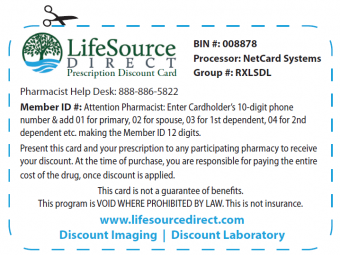What would happen if you suffered a catastrophic medical event, such as a stroke or an accident that leaves you unable to  communicate. How would you “have a say” about the type of care you receive—or don’t receive. The answer is an advance directive.
communicate. How would you “have a say” about the type of care you receive—or don’t receive. The answer is an advance directive.
Every adult should plan ahead by completing an advance directive that specifies his or her personal preferences regarding what are acceptable and unacceptable medical treatments. There are two types of advance directives:
A living will: This legal document states your preferences regarding the type of medical care or treatment you want to receive (or don’t) in different scenarios if you are incapacitated and cannot communicate.
Medical power of attorney: Also known as a durable power of attorney for health care or a health care proxy, a medical power of attorney names another person, such as your spouse, daughter or son, to make medical decisions for you if you are no longer able to make medical decisions for yourself, or you are unable to communicate your preferences. Note that a medical power of attorney is not the same as a power of attorney, which gives another person the authority to act on your behalf on matters you specify, such as handling your financial affairs.
Here are some important points to remember:
- Each state regulates advance directives differently. As a result, you may wish to involve an attorney in the preparation of your advance directive
- You can modify, update or cancel an advance directive at any time, in accordance with state law.
- If you spend a good deal of time in several states, you may want to have an advance directive for each state.
- Make sure that the person you name to act for you—your health care proxy—has current copies of your advance directive.
- Give a copy of your advance directive to your physician and, if appropriate, your long-term care facility.
Be sure to contact your agent or financial advisor for more information.

